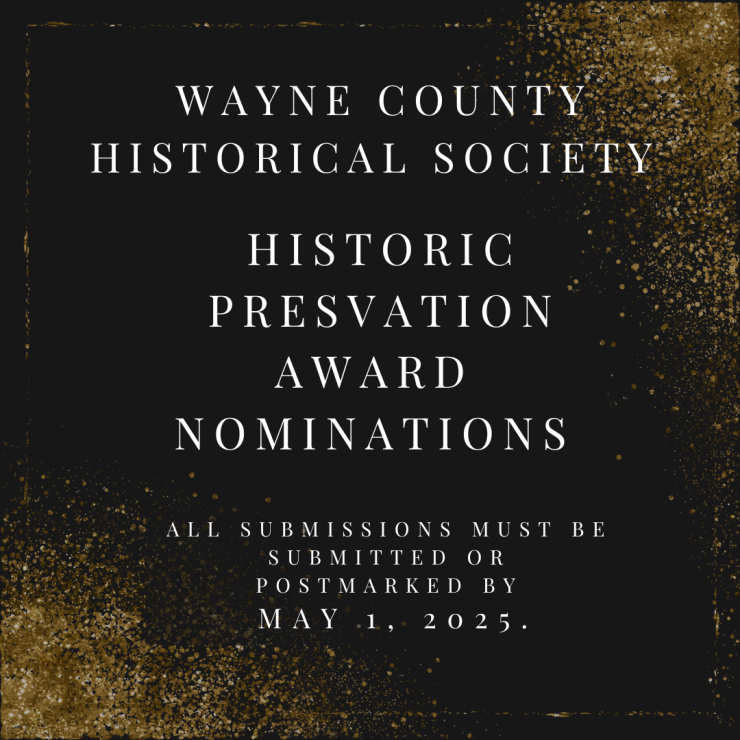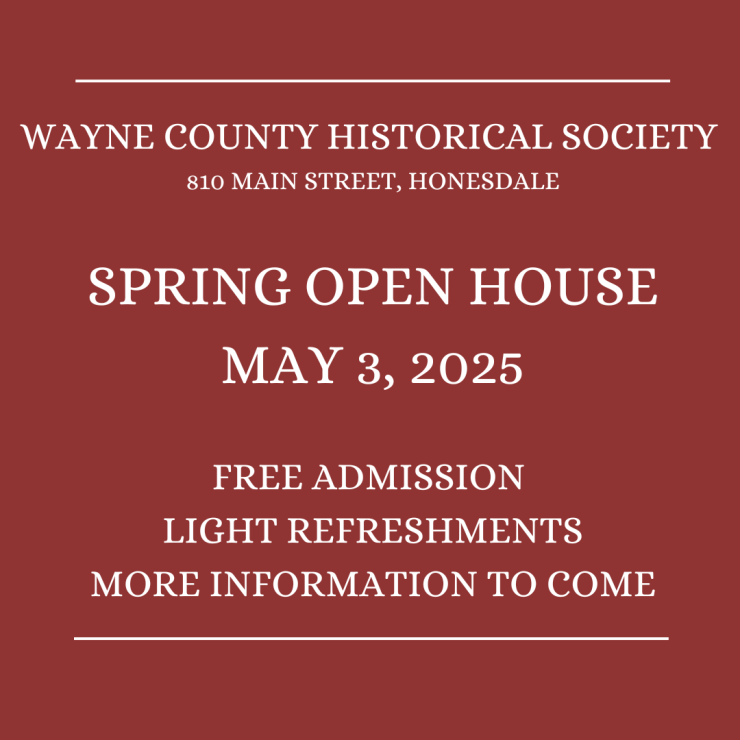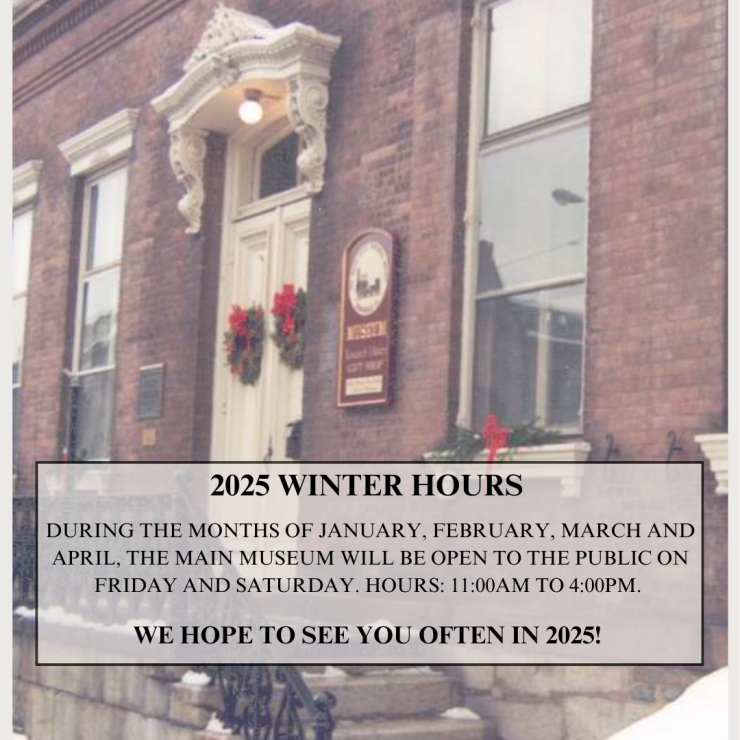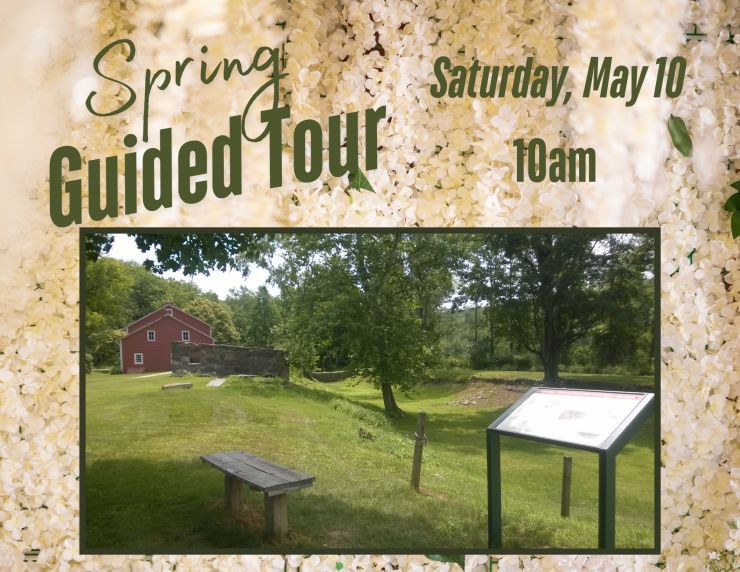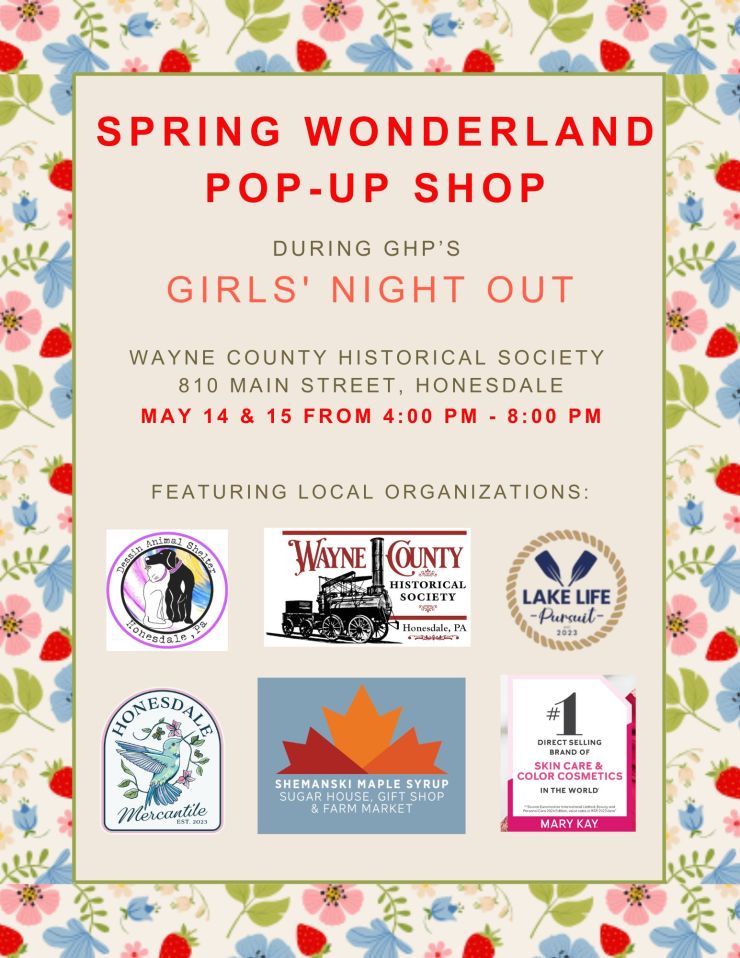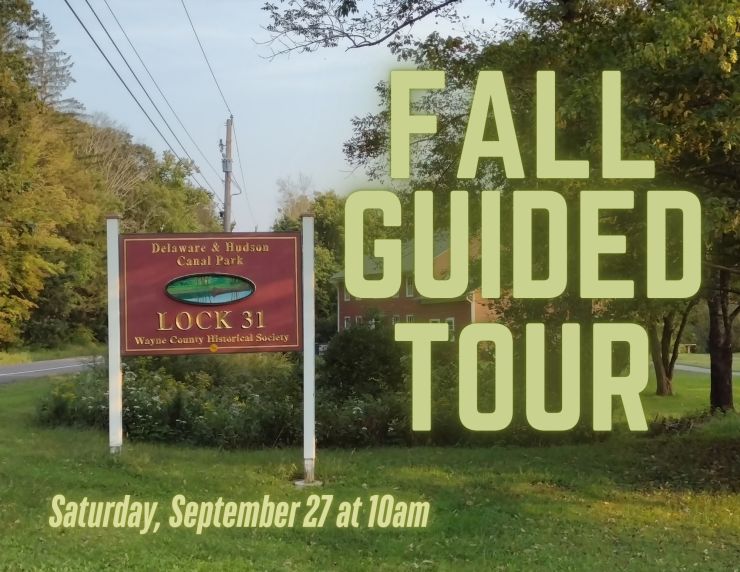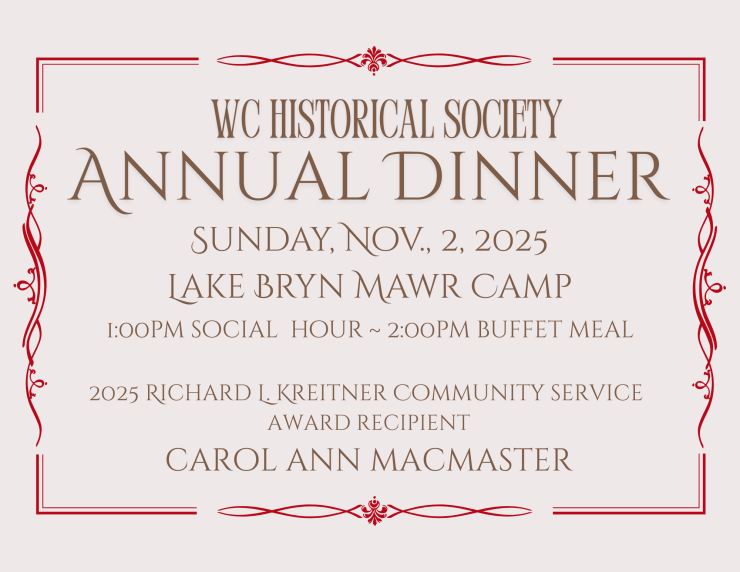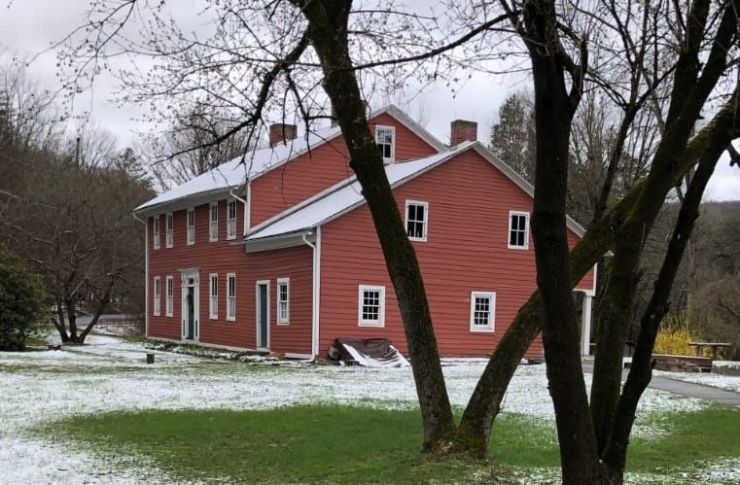Damascus Township
Damascus Township is the fifth and largest of the original townships created with the establishment of Wayne County in 1798. It remains the largest despite the fact that the entire townships of Lebanon and Oregon and portions of Dyberry and Berlin Townships were excised from its territory. Damascus was the setting for many significant historic events in Wayne County history beginning with the first settlement at Cushetunk along the Delaware River. Joseph Skinner and his family of eight children were among the earliest of the Connecticut settlers who arrived about 1755 although unsubstantiated stories place Moses Thomas there as early as 1750. At the time ownership of this area of northeastern Pennsylvania was in dispute because King Charles II had granted a charter to Connecticut in 1662 and in 1681 he granted a charter to William Penn and the boundaries of each charter overlapped. In addition, these early inhabitants were also beset by attacks by Indians who also laid claim to the territory.
Joseph’s son Daniel purchased twenty-five acres of what was known as the Ackhake place from his father and helped to lay out a town. This town of Cushetunk was to consist of thirty dwellings, three large log-houses, one grist mill, one saw mill and one block-house by 1760. Around the time the property was sold to Daniel Joseph Skinner was murdered and his wife ultimately returned to Connecticut to live with relatives in 1759. Daniel Skinner moved to Newton in Sussex County, NJ and subsequently became a sailor making voyages to the West Indies. By 1763 he returned to his property along the Delaware in Wayne County and made his first experiment with rafting to transport logs down the river to Philadelphia to be used a ship’s masts thereby instituting the rafting and lumbering industry that was to become an important part of the county’s economy. Having successfully constructed the first raft to float down the Delaware River Daniel received the title of ‘Lord High Admiral’ of all the rafts men and Josiah Parks, who accompanied him on the second voyage, became known as boatswain or Bo’ sun Parks.
Daniel Skinner’s eldest son Reuben was a merchant, justice of the peace and kept the first tavern. He also organized the first Masonic lodge in the county and named it St. Tammany’s Lodge. Another of Daniel’s sons, Nathan, recorded the history of the Skinner family and the settlement at Cushetunk in the Nathan Skinner Manuscript.
In 1763 Robert Land, a justice of the peace under the colonial government, was sent to Cushetunk and settled at Milanville. After the start of the Revolutionary War, in accordance with the recommendations of the Continental Congress, a Committee of Safety had been formed and since Robert Land was in service to the king an order for his arrest as a Tory was issued. His home was burned and his property confiscated. He was sentenced to be incarcerated at Paupack but managed to hide within the English lines until the end of the Revolutionary War and escape to Canada. His son John remained in Wayne County, married Lily, the oldest daughter of Daniel Skinner and, in 1794, built what is now the oldest house in Wayne County.
Thomas Shields, a goldsmith from Philadelphia, began investing in land in northeastern Pennsylvania about 1785. Among the land he purchased was that known as old Damascus Manor which he purchased from John and Richard Penn in 1795. He settled in what is now the village of Damascus and became president of the Cochecton and Great Bend Turnpike, now Route 371. Following the construction of the eastern end of the road in 1800, Shields laid out village lots along the road and executed deeds for a school and a church making him the owner of the first religious meeting house in the county to be held in trust for a regular Baptist Church and society when organized.
Damascus Township’s sizable geographical footprint encompasses an equally impressive collection of the events and people of importance in Wayne County’s history. Many current residents of the county bear the names of those very early inhabitants and stand as living testimony to their memory.
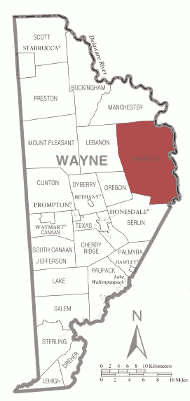
Navigation
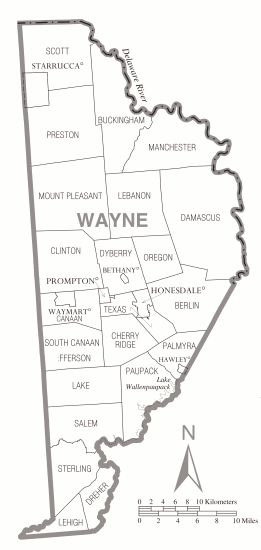
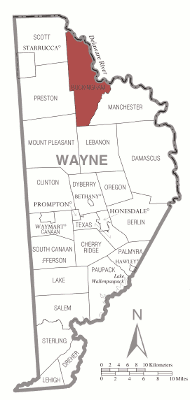
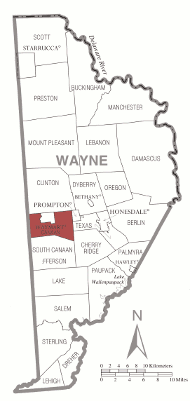
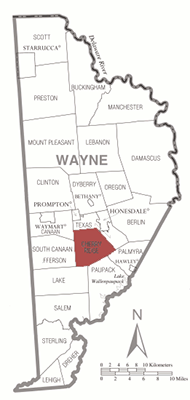
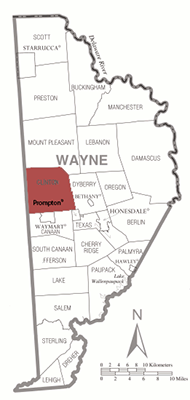

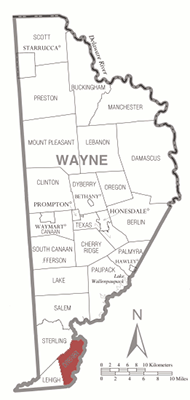
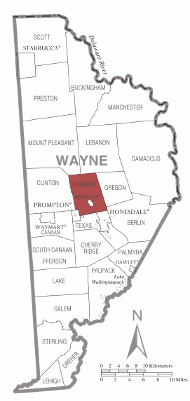
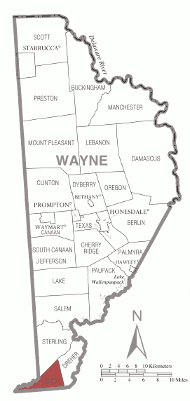

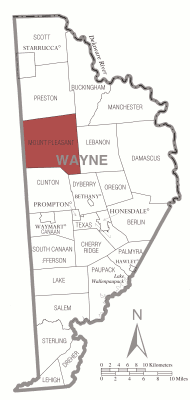
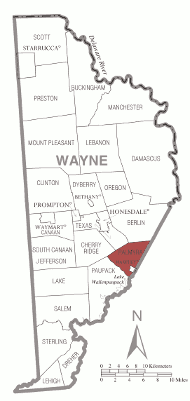
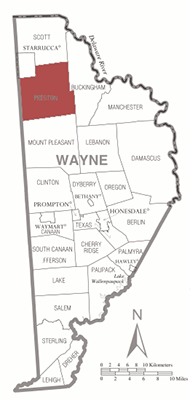


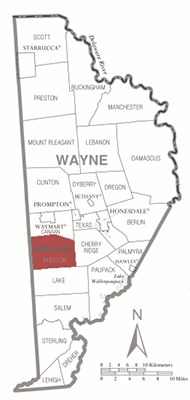
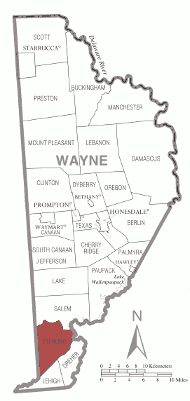
News and Events
